
Yi Gang, a 37-year-old Beijing resident, could not imagine what would happen if the impact from a car crash threw his 2-year-old son.
"When I was driving, I thought it would be safe just by driving slowly. But I did not expect the crash impact to be so severe," Yi said.
Yi participated in an impact test at the China Toys and Animation Educational Expo, which runs through July 28 at the China National Convention Center in Beijing.
During the test, the parents sit in car seats and hold a teddy bear. The device simulates a car crash at 15 kilometers per hour, and lets the parents feel the effect on the children.
"The impact is so large that I can barely hold the teddy bear, not to mention a child. So I learned how dangerous it is to hold a baby in the car," Yi said.
Promoting the use of child seats is a goal of the expo, said Liang Mei, executive vice-president and secretary-general of the China Toy & Juvenile Products Association, an expo sponsor.
"Chinese parents have not gotten into the habit of using child seats. Some may not know how dangerous it is to hold a child in their arms, and some may think a child seat is too inconvenient," Liang said.
In a car crash at 50 km/h, for example, a 15-kg child will feel like 450 kg, which is "not possible for a parent to hold", Liang said.
Chinaenacted standards for restraining devices for children in power-driven vehicles in July 2012, the country's first national standard on child seats.
"The standards help regulate the production of child seats, but there is not yet a law that stipulates parents use child seats," Liang said.
An earlier online survey carried out by the China Toy & Juvenile Products Association showed that less than 10 percent of parents are using child seats, Liang said.
"Using child seats can reduce fatal injuries to infants in car accidents by 71 percent. So we really hope parents will learn the importance of using child seats," she said.
Besides promoting using child seats, the expo also is stressing toy safety, parent-child interaction and high-tech toys.
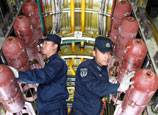

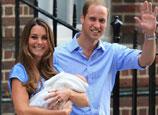

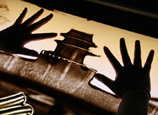



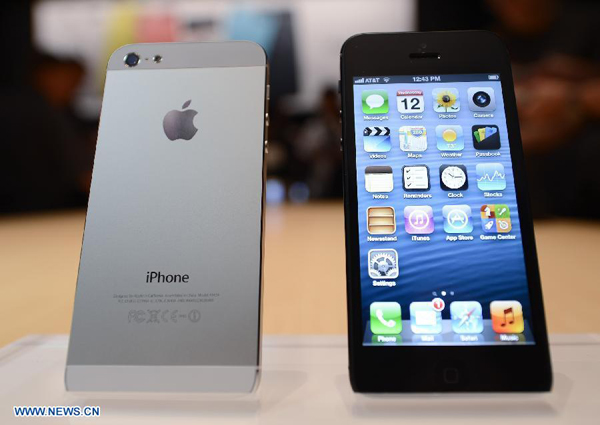
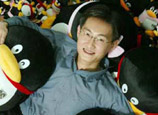






 Migrant children’s dream of stage
Migrant children’s dream of stage


![]()
